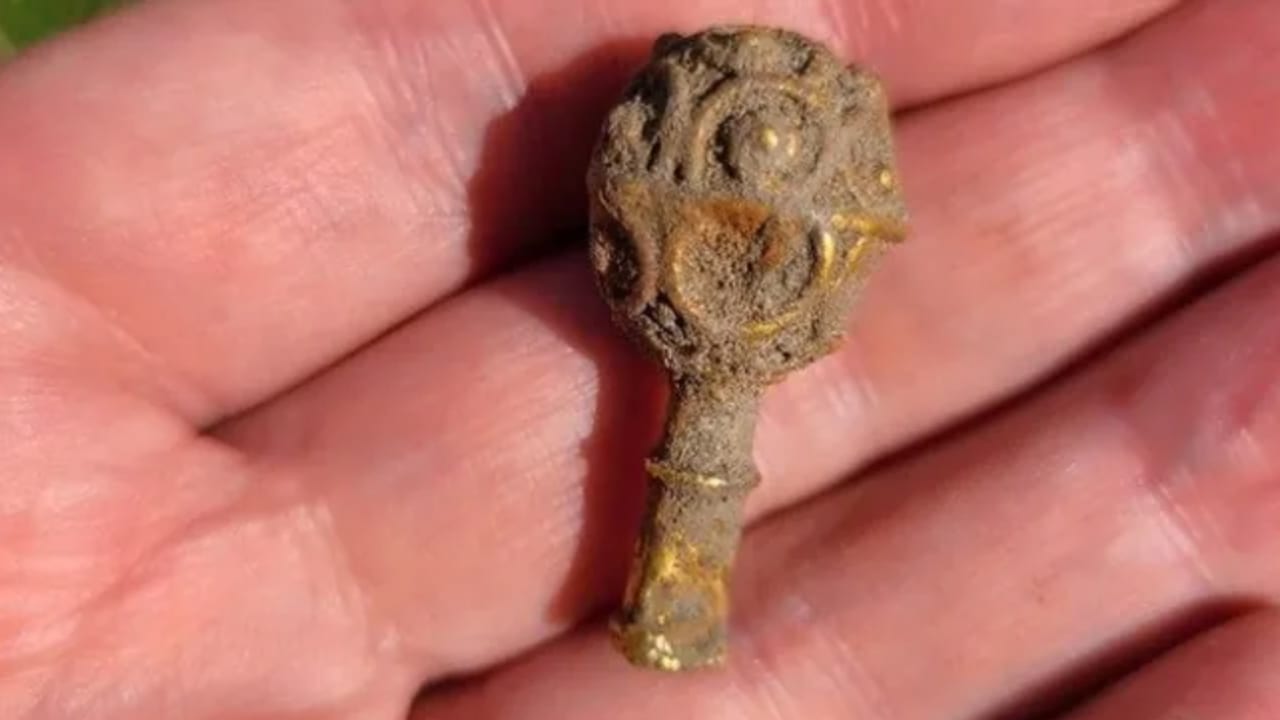By JERUSALEM POST STAFF
‘This specimen reflects that iguanodonts had a much greater diversity than previously thought,’ said Bruno Silva of Universidade Nova de Lisboa.
Paleontologists unearthed the fossilized remains of a previously unknown species of herbivorous dinosaur from the Late Jurassic period, estimated to be around 150 million years old, in Portugal's Lusitanian Basin, located on the western coast in the municipality of Torres Vedras.
The team of paleontologists discovered the fossil belonging to the iguanodont family, a group of dinosaurs characterized by their beak-like mouths and bodies. Iguanodonts are known for their conical spikes instead of thumbs, a feature that has been a subject of debate among scientists regarding its function. The newly discovered specimen weighed between 4 and 5 tons and measured up to 9 meters in length.
"Thanks to the new discovery, we have taken a step forward in our knowledge of dinosaur fauna diversity in the Late Jurassic," said Filippo Maria Rotatori, the leader of the research team from Nova University FCT and the lead author of the study. "It was a surprise. We believed that the diversity of this group of dinosaurs was already well documented in the Late Jurassic in Portugal, and this discovery shows that we still have much to learn."
In addition to the main fossil, the team also found several isolated femurs, including fragments from a smaller individual of the same species. According to Bruno Camilo from the University of Lisbon, "The isolated femurs may indicate the presence of different age groups." These findings suggest the presence of multiple individuals and offer insights into the population structure of these ancient creatures.
Due to the limited amount of material obtained, the researchers cannot yet assign a scientific name to the species. "Insufficient material has been found to give the dinosaur a name," the researchers noted. However, the discovery has been designated as SHN.JJS.015 and is currently deposited at the Natural History Society of Torres Vedras.
"Due to the lack of robust diagnosis, we are not considering the hypothesis of a formal new species for now. However, this specimen represents a taxonomy not yet reported that reveals a greater diversity than previously estimated among the iguanodonts of the Jurassic and emphasizes the importance of Europe in the diversification and dispersal events of this clade," the authors of the discovery stated. The identified specimen does not belong to any registered subgroup, indicating a potential new branch in the iguanodont family tree.
Bruno Silva, a paleontologist at Universidade Nova de Lisboa, confirmed the finding and elaborated on its significance. He explained that it is "very likely" a new species within the iguanodont group. "We do not have enough bones to determine if it is a new species, but we can say that this specimen reflects that iguanodonts had a much greater diversity than previously thought," Silva said.
The discovered fossil has similarities with iguanodonts found in North America and Europe. This similarity indicates that the Iberian Peninsula once served as a fundamental bridge between the continents. The region near the North Atlantic coast of Portugal is known for numerous dinosaur fossil finds over the last 40 years, making it one of the richest fossil basins in Europe in terms of the number of fossils of this group.
These ornithopod dinosaurs, which had bird-like feet, were quadrupedal and herbivorous. They lived in the Iberian Peninsula during the Kimmeridgian-Tithonian interval of the Late Jurassic. The dinosaur remains have been preserved to this day thanks to the high concentration of sediments in the area known as the Lusitanian Basin. According to Silva, the proliferation of rivers, lagoons, and other freshwater sources in central Portugal would have made it "very attractive" for these dinosaurs.
The research involved collaboration with paleontologists from the University of New Lisbon and Spanish institutions, including UNED and the University of Zaragoza.
This group of dinosaurs includes species such as Draconyx loureiroi, Eousdryosaurus nanohallucis, and Hesperonyx martinhotomasorum. The new specimen's larger size compared to known species like Draconyx or Eousdryosaurus suggests a broader range of diversity within the iguanodonts than previously understood.
The research was published in the Journal of Systematic Palaeontology. The finding underscores the importance of the Iberian Peninsula in studying the evolution and dispersal of dinosaurs during the Late Jurassic period.











.jpg)









